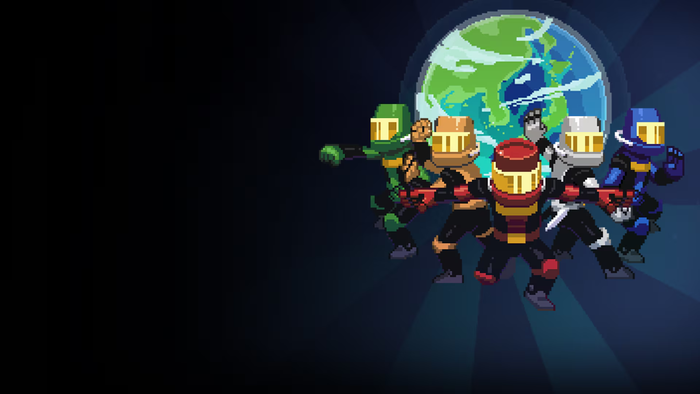Designing Interactive Audio for Games
A captivating music is an essential element of game design that determines the success of a game to great extent.


During the past two decades, game audio has evolved into a competitive and influential segment just like in cinemas and TV.
A captivating music is an essential element of game design that determines the success of a game to great extent.
Sound designing for games is no more just the uploading of wave files to an FTP site. It is about conception, creative solutions, practical skills, specialized tools and techniques.
in a television show or movie, where music is designed to match the image, in a game several variations of music are created to fit the image or action reached by the gamer. It is fundamentally interactive music that adapts to user input. Hence is called adaptive or interactive sound for game.
example, the background music for a character fighting is different as compared to when the character is jumping, running, wandering and so on.
sound effects can add on to the entertainment, thrill and fun element of entire gaming experience. It is meant to completely captivate the player’s attention into a virtual world – making it more realistic, entertaining and satisfactory. Continuous ambient sounds keep the player from being distracted by adding an immersive effect to a game
Design in the Game Production Cycle
Sound design can begin at any point in the game development process. However, starting at the outset of a project is usually not wise. This is because the early concepts of art and gameplay have a tendency to evolve with the progress of game development. Designing a sound this early may cause repeat iteration.
Starting with artistic concepts and storyboards can be really helpful in providing an advanced look at the intended genre of game and what sort of sounds may be needed. Planning is the key.
For a sound designer, it is important to bring the development team together to understand the spirit of the game, whether it is space, driving, fishing or sports. This helps in drafting a concept of the game audio really quick.
Second important information for music composer is to be aware of the platforms the game is created for, for example, iOS, Android, PC, Mac, Linux, PS3, Xbox 360, Wii, 3DS, Wii U, slot machines, roulette strategies, PS4 and Xbox One. This is required to decide what level of sound effects would be required. The sound effects should work well with all platforms, but the main focus should be on (targeted platforms) the system the majority of gamers will be using.
Even the easiest of sound effects are now created using audio workstation like, Cubase, Fanric, Miles Sound System, Wwise, and more. Some of these software are free to download with limited access while need subscription to get a full access to a variety of audio toolset.
Sound designers can record, edit and mix audio to make complex audio structures using these tools without the help from programmers. Most of these tools can also be integrated into a number of game engines, like Unity, Unreal Engine 3 and 4, CryEngine to synchronize sounds with game development.
The sound design tools can be used to record live audio, record computer playback, edit WAV, AIFF, FLAC, MP2, MP3 or Ogg Vorbis sound files, or mix sound together apart from changing the speed or pitch of a recording.
Any newbie with a handy guide of tools can create a quality sound and music for games, but small mistakes can easily produce disaster. Considering the level of competition in the indie video game industry having a strong audio designing skillset and industry knowledge is imperative to be able to create a highly immersive gaming experience.
Read more about:
BlogsAbout the Author(s)
You May Also Like













